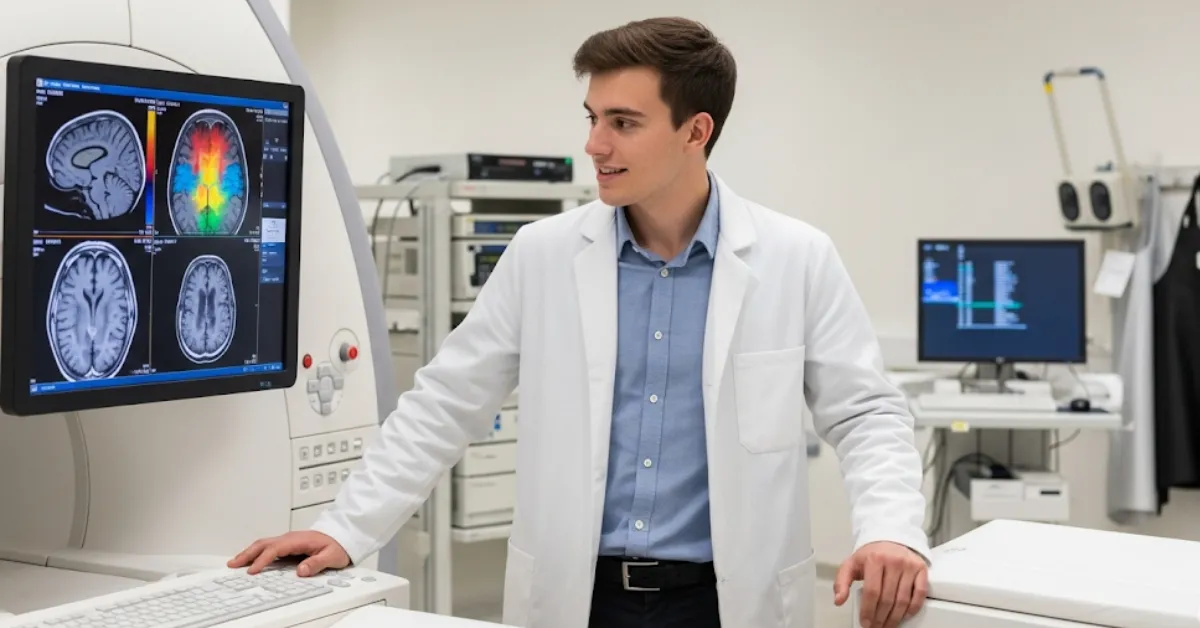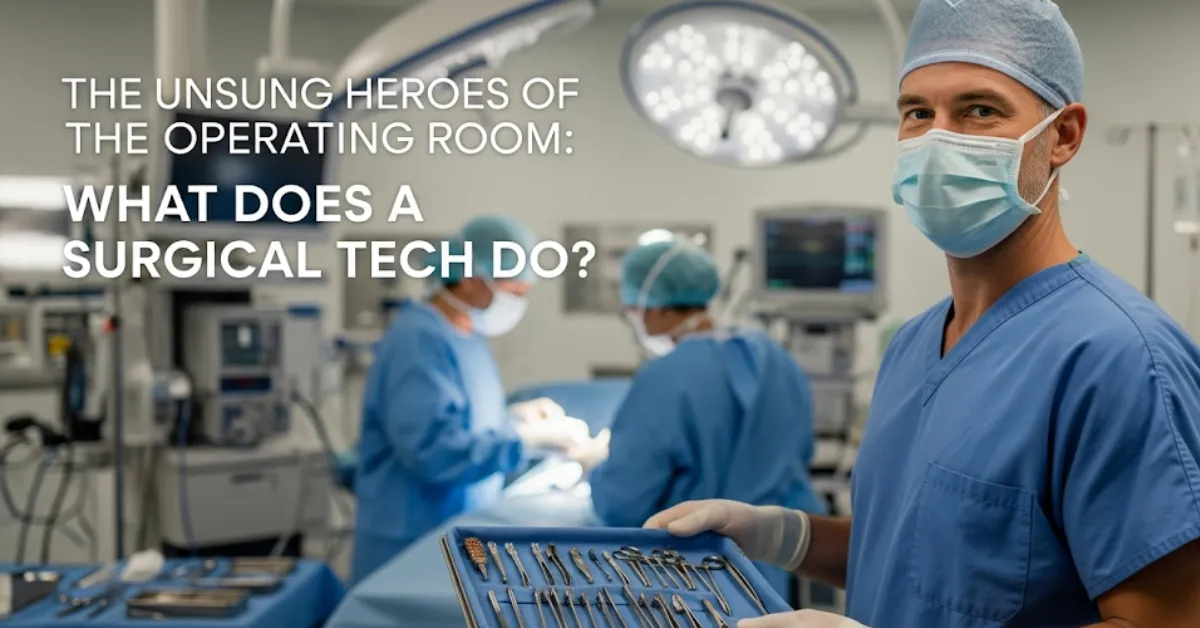If you’ve ever had an X-ray, MRI, or CT scan, you’ve already seen the impact of a radiologic technologist at work. These trained professionals play a key role in modern healthcare by helping doctors diagnose illnesses through medical imaging. With demand for skilled radiologic technologists growing worldwide, more students are exploring rad tech programs as a career pathway.
What Are Rad Tech Programs?
Rad tech programs are specialized educational courses that train students to become radiologic technologists, sometimes called radiographers. These programs teach the science and skills needed to safely operate imaging equipment and capture accurate images of the human body.
Students also learn about anatomy, patient care, radiation safety, and medical ethics. This ensures that when they step into real-world hospitals or diagnostic centers, they can handle both the technical and human sides of the job.
Types of Programs Available
Different pathways depend on your career goals and education level:
-
Certificate Programs – Usually shorter in duration (1–2 years), designed for those looking to enter the field quickly.
-
Associate Degree in Radiologic Technology – A common option that typically takes about two years and covers both theory and hands-on clinical training.
-
Bachelor’s Degree – Offers a deeper understanding of advanced imaging techniques, leadership roles, and opportunities for specialization.
-
Advanced Training – After completing a basic program, technologists can specialize in areas like MRI, CT scans, mammography, or radiation therapy.
Why Choose a Career in Radiologic Technology?
The appeal of rad tech programs goes beyond just job security. Here are some reasons why students find this career attractive:
-
High Demand in Healthcare – Medical imaging is essential for modern diagnosis, making skilled technologists valuable in hospitals, diagnostic labs, and even mobile healthcare units.
-
Good Earning Potential – While salaries vary by location and specialization, the profession generally offers competitive pay compared to other allied health fields.
-
Opportunities to Specialize – From MRI to interventional radiology, there are many branches you can move into after gaining experience.
-
Patient Interaction – Unlike some healthcare roles that are mostly behind-the-scenes, radiologic technologists work directly with patients every day.
What to Expect During Training
A typical rad tech program blends classroom study with clinical practice. Students spend time learning theory—such as how X-rays work and how to minimize radiation exposure—while also gaining practical skills in labs and hospital settings.
Hands-on training is especially important because it helps students get comfortable with real equipment and real patients. By the time they graduate, they are usually job-ready and confident in handling different imaging scenarios.
Career Path and Growth Opportunities
Once certified, radiologic technologists can work in:
-
Hospitals
-
Diagnostic imaging centers
-
Orthopedic clinics
-
Cancer treatment facilities
With additional training, many technologists move into supervisory roles, teaching positions, or even sales for medical imaging companies. Others specialize in cutting-edge areas like nuclear medicine or interventional procedures, which opens doors to higher salaries and advanced career options.
Is This the Right Choice for You?
If you enjoy working with technology, have a strong sense of patient care, and want to be part of the healthcare system without going through years of medical school, rad tech programs can be a smart choice. The field offers a balance of technical skills and human interaction, making it rewarding both professionally and personally.
Final Thoughts
Healthcare is evolving fast, and medical imaging is at the heart of that transformation. By enrolling in a rad tech program, you are not just learning how to use machines—you are preparing for a meaningful career that helps people every single day. For students seeking stability, growth, and impact, radiologic technology is a path worth exploring.

Hi, I’m Ricky, the founder of OKSociety.in. I’m a tech enthusiast with a deep passion for smartphones, mobile technology, and everything that makes our digital lives smarter. I started OKSociety to share honest reviews, the latest phone updates, and practical buying guides to help people make better choices in this fast-paced tech world.







